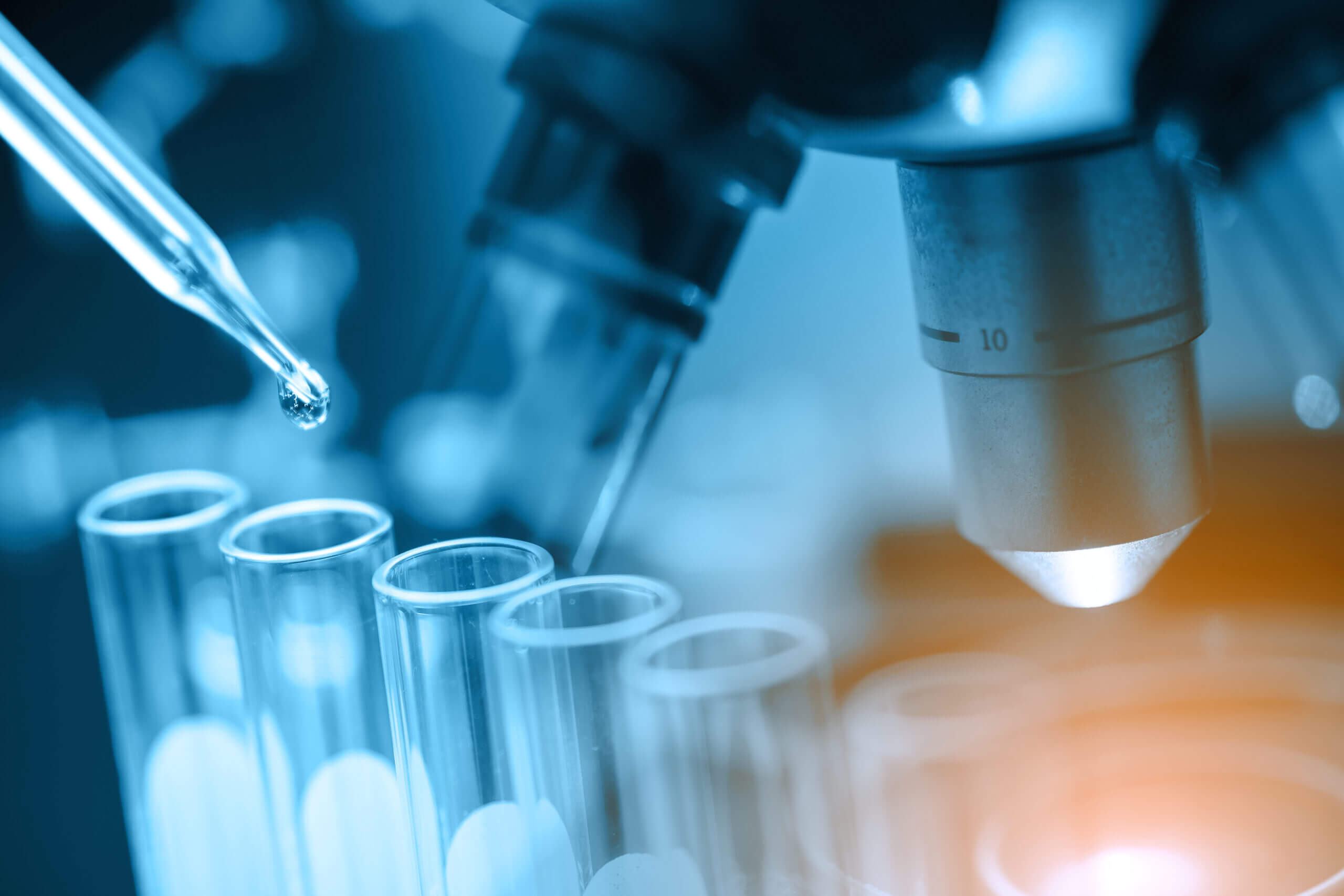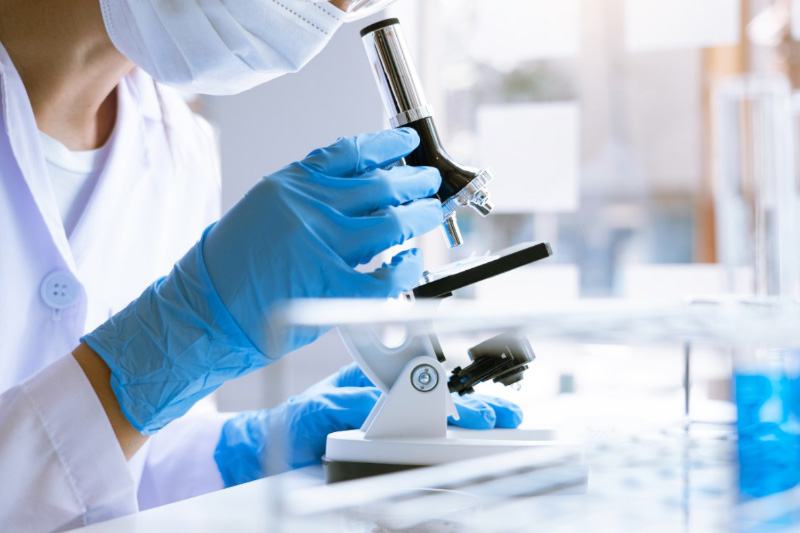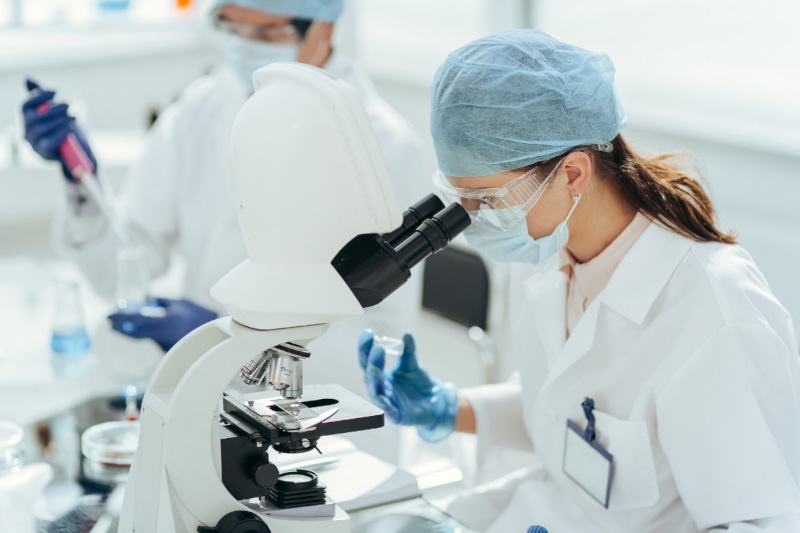Your cart is currently empty!
Medical Device Biofilm Testing
Extensive Expertise in Microbiological Testing for Medical Devices
Microorganisms like bacteria, fungi, and yeast can exist as free-floating planktonic entities or attach to a surface — or one another — to form microbial biofilms. In nature, over 90% of microorganisms exist within a biofilm. These biofilms can form anywhere — including on medical devices, which introduces risks to both patient health and treatment efficacy.
Standard microbiological testing focuses almost exclusively on planktonic bacteria. As such, current standard testing often underestimates the quantity of active agents required to effectively remove a microbial biofilm. At NAMSA, we understand the significance of biofilms as a worldwide health issue, which is why we strive to ensure the reliability, accuracy, and competence of all our validated biofilm testing.

Biolfilm Testing Methods We Use At NAMSA
The Minimum Biofilm Eradication Concentration (MBEC) assay is a high throughput screening model. The MBEC assay evaluates biofilm grown under batch conditions with no flow of nutrients into or out of an individual well. The testing model can be used to determine the efficacy of multiple antimicrobial products simultaneously at multiple concentrations against pre-formed biofilms.
The CDC Biofilm Reactor test model develops reproducible biofilms on 24 individual coupon surfaces under flow. The coupon materials used in the model are interchangeable and can be chosen to help simulate the use of a product. Examples include polycarbonate, copper, ceramic, stainless steel, and glass. The reactor can be tested in a batch system or can include the addition of fresh nutrients during incubation to simulate real-world environments in which biofilms develop.
Utilizing the CDC biofilm reactor, this method grows biofilms on coupons under controlled conditions. The reactor operates in batch phase for initial biofilm establishment, followed by continuous flow to simulate real-world conditions. This method is essential for testing the effectiveness of aqueous disinfectants, ensuring that medical devices meet the highest standards of hygiene and safety.
The Drip Flow Biofilm Reactor is an advanced tool designed to simulate and study biofilm formation on medical devices under controlled conditions. Featuring multiple parallel channels that hold substrates, and a wide range of surface materials can be utilized. The model allows growth media to drip over these surfaces, creating a continuous flow, air/liquid interface, with low shear conditions ideal for biofilm development. This setup is crucial for evaluating biofilm dynamics, testing the efficacy of antimicrobial treatments, and understanding environmental impacts on biofilms.
The ex vivo Wound Model is used for growing repeatable single-organism Pseudomonas aeruginosa and Staphylococcus aureus biofilms on the surface of individual ex vivo porcine skin explants, this could be wounded skin or burn wounds. This model can be used to predict the preclinical efficacy testing of antimicrobial agents such as antibiotics and wound dressings.
Experience Matters. Why Companies Trust NAMSA.
Medical Device Tests Run Annually
DABT Toxicologists on Staff
When NAMSA Started Testing Medical Devices
Biofilm Tests Performed Annually
Meet NAMSA’s Testing Experts
Explore the depth of our team’s expertise in biocompatibility and microbiology testing.
Related Services That May Interest You

Microbiology Testing

Biocompatibility Testing


